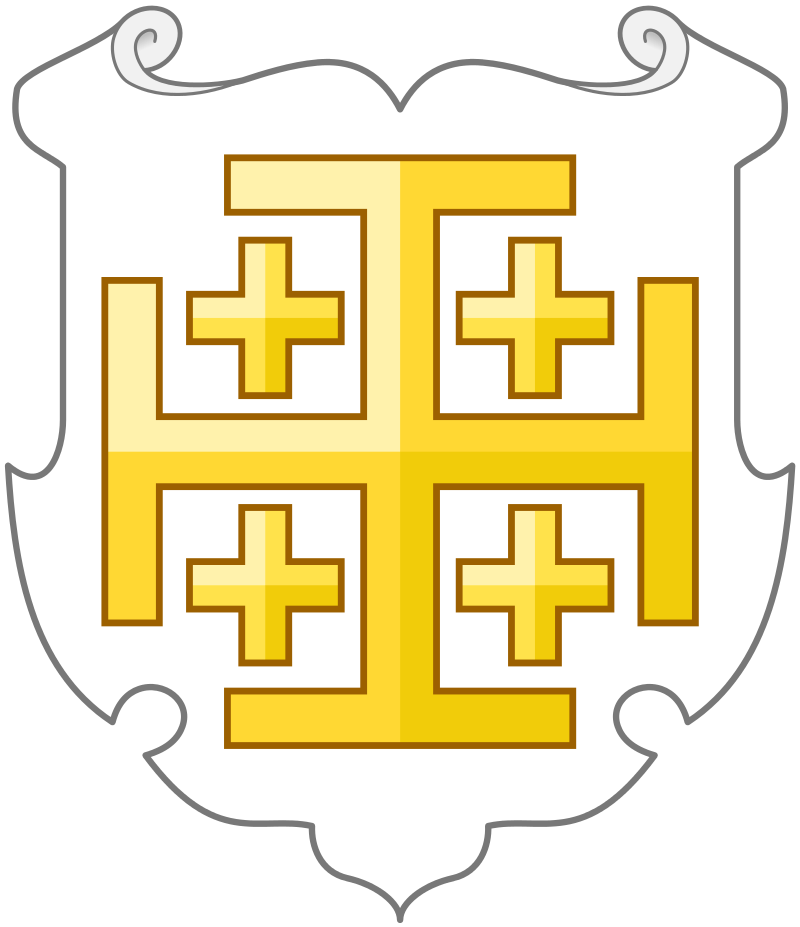Ancient Psychedelia: Alien Gods & Mushroom Goddesses
Online Book - Chapter 17, Page 326
Back to Online Book Mainpage / Next Page (Chapter 17, Page 327)
| What happened next was that: “On the morn Dacian gave his sentence that St. George should be drawn through all the city, and after, his head should be smitten off. Then made he his prayer to our Lord that all they that desired any boon might get it of our Lord God in his name, and a voice came from heaven which said that it which he had desired was granted; and after he had made his orison his head was smitten off, about the year of our Lord two hundred and eighty-seven. When Dacian went homeward from the place where he was beheaded towards his palace, fire fell down from heaven upon him and burnt him and all his servants.” First of all, we have the part of his head being chopped off. That’s obvious, but people did have their heads chopped off. That’s a fact. The guillotine was not invented to do theatre productions. But we also know that the story is not real. It’s a myth being created around the time of the first Crusades and it was meant to embrace a martyr. St. George was to become the patron saint of England and the red cross on his flag was the red cross of the Knights Templars and the early Kings of Jerusalem (61f).  (61f) Flag of the King of Jerusalem Continuing onto the last part of the story: “It is also found in the history of Antioch, that when the Christian men went over sea to conquer Jerusalem, that one, a right fair young man, appeared to a priest of the host and counselled him that he should bear with him a little of the relics of St. George, for he was conductor of the battle, and so he did so much that he had some. And when it was so that they had assieged Jerusalem and durst not mount ne go up on the walls for the quarrels and defense of the Saracens, they saw appertly St. George which had white arms with a red cross, that went up tofore them on the walls, and they followed him, and so was Jerusalem taken by his help. And between Jerusalem and port Jaffa, by a town called Ramys, is a chapel of St. George which is now desolate and uncovered, and therein dwell Christian Greeks. And in the said chapel lieth the body of St. George, but not the head.” (49) So, they allowed the people to carry the headless body back to be buried. How polite. What concerns us here is that there was a vision of a Saint prior to the reclaiming of Jerusalem. This helped establish St. George as the patron saint of England. Interestingly, the Mabinogion of Wales contains the Tale of Lludd and Llefelys, which tells of the Red Dragon of Wales who fights a White Dragon. (50) Incidentally, the flag of Wales is a red dragon with a mushroom tongue and tail (61v). |
.svg.png) Saints were either canonized as being “martyrs” or “confessors,” for either being killed for their Christian beliefs, or for being tortured because of them. Margaret of Antioch, said to have been martyred in 304, was one of the “Fourteen Holy Helpers,” a group of nuns tracing back to the 14th century, who intervened to prevent disease. Like St. George, Margaret had a run in with a dragon around the same time as George. Legenda Aurea, or The Golden Legend, compiled c. 1290, is a collection of hagiographies by Jacobus de Varagine. In the Golden Legend, Margaret was said to have been a native of Antioch and the daughter of a pagan priest named Aedesius. Olybrius, Governor of the Roman Diocese of the East wanted to marry her, only on the condition that she renounce Christianity. She refused and was tortured, during which several miracles were said to have occurred. Margaret was swallowed up by Satan in the form of a dragon, but she survived because the cross she carried scratched the dragon’s throat. The Golden Legend, at the end however, states that the story is “apocryphal and not to be taken seriously.” (51) (49)https://sourcebooks.fordham.edu/basis/goldenlegend/GL-vol3-george.asp (50) https://mirrorofisis.freeyellow.com/id291.html (51) (trans. Ryan, 1.369, https://en.wikipedia.org/wiki/Margaret_the_Virgin |
Go Back to Page 325